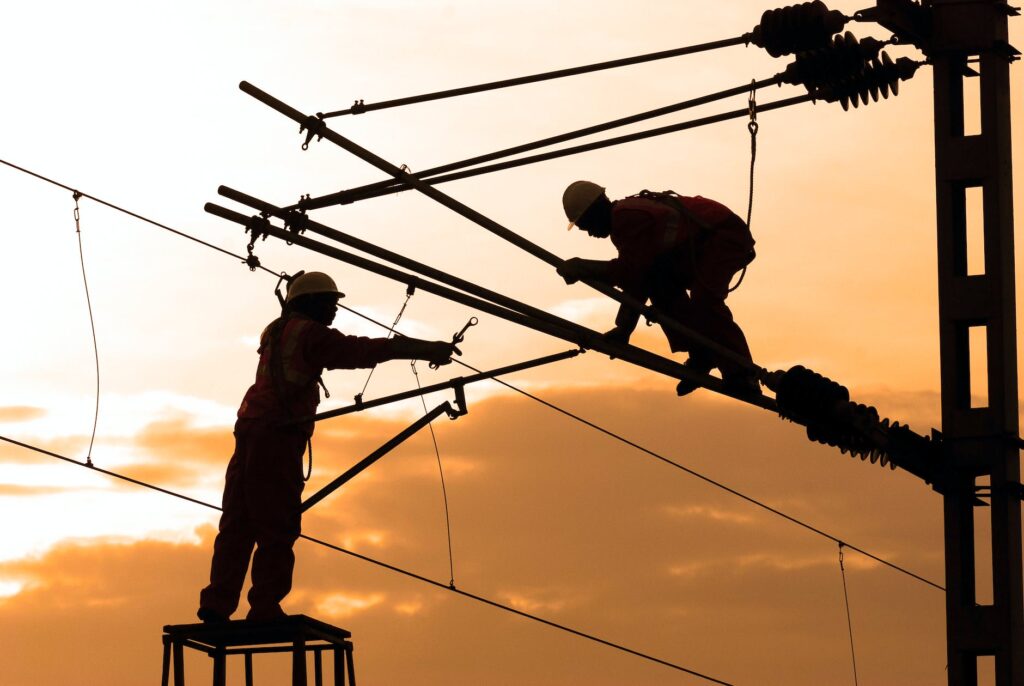Are you looking for ways to make your home eco-friendly? It’s easier than it may seem, and the good news is that you can have a positive effect by taking small steps toward reducing your environmental impact. By making your home greener, you’ll save money in the long run while doing something positive for the planet.
Read more:
- Ang Init! Ways to Make Your Home More Energy Efficient this Summer
- How to Spend Earth Hour 2023
- 10 Tips to Lower Your Electricity Bill and Save Money
- 12 Ways on How to Reuse Plastic Containers for Your Garden
- How to Reduce Waste in Your Household?
What do you mean by eco-friendly
Making your home eco-friendly is about taking simple steps toward creating a healthier environment inside and outside your living space’s confines. It’s not just about saving money on your bills, although this can be a fantastic bonus. It’s about safeguarding resources for the future, reducing your carbon footprint, and helping to create a cleaner, greener world for generations to come.
From installing energy-efficient light bulbs to switching to renewable energy sources, there are plenty of ways you can take action to make your home eco-friendly.
What do people get wrong about being eco-friendly?
There is an increasing awareness of the urgency of caring for our planet, and people worldwide are trying to make changes to be more eco-friendly. However, even with the best intentions, many individuals misunderstand what being environmentally conscious means, leading to misguided actions that may do more harm than good. Here are the three most common misconceptions about being eco-friendly.
Believing that recycling is always the answer
Recycling is a fundamental aspect of waste management, as it reduces the amount of waste sent to landfills and conserves natural resources. However, recycling is not always the most effective way to reduce our footprint. For example, some materials, such as mixed plastics, are almost impossible to recycle and may contaminate recycling streams.
Moreover, recycling requires energy and produces greenhouse gases, further contributing to climate change. Instead of relying only on recycling, we should focus on reducing and reusing, which are more effective ways to shrink our environmental impact. Choose products with less packaging, invest in reusable items, and donate or repurpose things you no longer need.
Thinking that buying eco-friendly products is enough
Eco-friendly labels on products, such as “green,” “organic,” or “natural,” can make us feel good about our purchases. However, not all eco-friendly claims are created equal; some may be misleading or false. Additionally, buying eco-friendly products does not necessarily reduce consumption.
It may even lead to increased consumption and waste if we use them as an excuse to buy more or to neglect our actions in other areas. Instead of blindly trusting eco-friendly labels, do some research and invest in truly sustainable and durable products, and prioritize using them for a long time.
Assuming that individual actions are insignificant
One of the most common reasons for not changing their habits to be more eco-friendly is the belief that their actions won’t make a difference in the grand scheme. However, this couldn’t be farther from the truth. Every action we take, no matter how small, impacts the environment and other people and species.
Furthermore, individual actions can create a ripple effect that inspires others to do the same and influences systemic changes through social pressure and political mobilization. We should recognize that individual actions are a crucial part of the solution and embrace our power to make a positive difference.
Being eco-friendly is more complex and nuanced than commonly thought. We must move beyond simplistic solutions and take a holistic and critical approach to our actions.
Ways to make your home eco-friendly
As the world becomes increasingly aware of the impact of our daily habits on the environment, many are beginning to make a conscious effort to reduce their carbon footprint. And what better place to start than our own homes? Here are 10 ways you can make your home eco-friendly:
Install solar panels
Installing solar panels is one of the most effective ways to reduce your carbon footprint and save money on your electricity bill. Not only do they generate clean energy, but they also require little maintenance and can last for up to 30 years.
Use energy-efficient appliances
Switching to appliances with high Energy Star ratings can help you save energy and money in the long run. Look for refrigerators, washing machines, and air conditioners that use less energy than their counterparts.
Upgrade your insulation
A well-insulated home can reduce the energy needed to heat or cool your home, significantly saving your energy bills. Consider upgrading your insulation to highly valued materials, such as cellulose or wool.
Plant a garden
Not only can a garden provide fresh produce and herbs, but it can also help reduce your carbon footprint by absorbing carbon dioxide from the atmosphere. Plus, gardening is a great way to spend time outdoors and connect with nature.
Reduce water usage
Install low-flow showerheads and faucets, fix leaks, and consider installing a rain barrel to collect water for gardening. Reducing your water usage can save money on your water bill and help conserve this valuable resource.
Compost
Composting is a great way to reduce household waste and create nutrient-rich soil for your garden. You can compost food scraps, yard waste, and even certain paper products.
Use natural cleaners
Many conventional cleaning products contain harmful chemicals that can harm your health and the environment. Switch to natural cleaners that use ingredients like vinegar, lemon, and baking soda.
Use reusable water bottles and coffee cups
Ditch the disposable water bottles and coffee cups and switch to reusable ones. Not only do they help reduce waste, but they can also be stylish accessories.
Install low-emissivity windows
Low-emissivity windows can help reduce the heat that escapes your home during the winter and keep your home cooler during the summer. This can lead to significant savings on your heating and cooling bills.
Use LED light bulbs
LED light bulbs use significantly less energy than traditional incandescent bulbs and can last up to 25 times longer. By making the switch, you can save money on your electricity bill and reduce your carbon footprint.
By making these small changes in your home, you can reduce your environmental impact and save money in the long run. Plus, you’ll do your part to create a more sustainable future for generations.










